Late blight was confirmed in a commercial tomato field in Mercer Co., NJ around the end of June.
Other reports on tomato in the Mid-Atlantic region this season include a commercial field in Montgomery Co., MD and a greenhouse in Morgan Co., WV (US-23). There have been no confirmed reports on potato. The recent and forecasted storms across the state have made conditions more favorable for late blight. A protectant spray program is recommended and it is important to be scouting your crop regularly looking for irregularly shaped water-soaked lesions that are initially pale green before turning brown. Under humid conditions, the lesions on the underside of the leaf will sporulate giving them a white fuzzy appearance. The lesions will tend to develop on the upper to middle part of the plant as opposed to early blight and Septoria leaf spot that start on the lower leaves and progress up the plant.
Keep in mind, unless you have planted a late blight resistant tomato cultivar (e.g. Plum Regal, Mountain Magic, Mountain Merit, Defiant, Iron Lady) the only way to manage late blight during the growing season when conditions are favorable for disease is with the use of protectant and/or late blight specific fungicides. Without careful scouting and the use of fungicides, you could potentially lose your crop in as few as five days. The application of nutrients either through fertigation or foliar application will help maximize plant growth (if applied as needed by the plants) but will not help protect the plant against late blight if/once the pathogen is present.
Organic growers should be using a regular copper-based fungicide program. Copper is the most effective product if you are managing your crop organically and can be used in a program that also includes Actinovate and Regalia. The most current late blight specific fungicide recommendations can be found in the 2013 Commercial Vegetable Production Recommendation Guide. Also keep in mind that in Pennsylvania when the sides of the high tunnel are rolled up fungicides labeled for field production can also be used in a high tunnel. When the sides are down, it is considered a greenhouse application.
If you suspect late blight on your farm, please contact your local Penn State Extension Office or contact Beth K. Gugino via email at bkgugino@psu.edu or 814-865-7328. Penn State Extnsion is interested in collecting samples so they can better understand how the pathogen population is changing both within and across growing seasons.
For information regarding where the latest confirmed outbreaks have been reported and to receive email or text alerts about when late blight has been confirmed with a personally defined radius from your location visit http://usablight.org
Source: http://extension.psu.edu

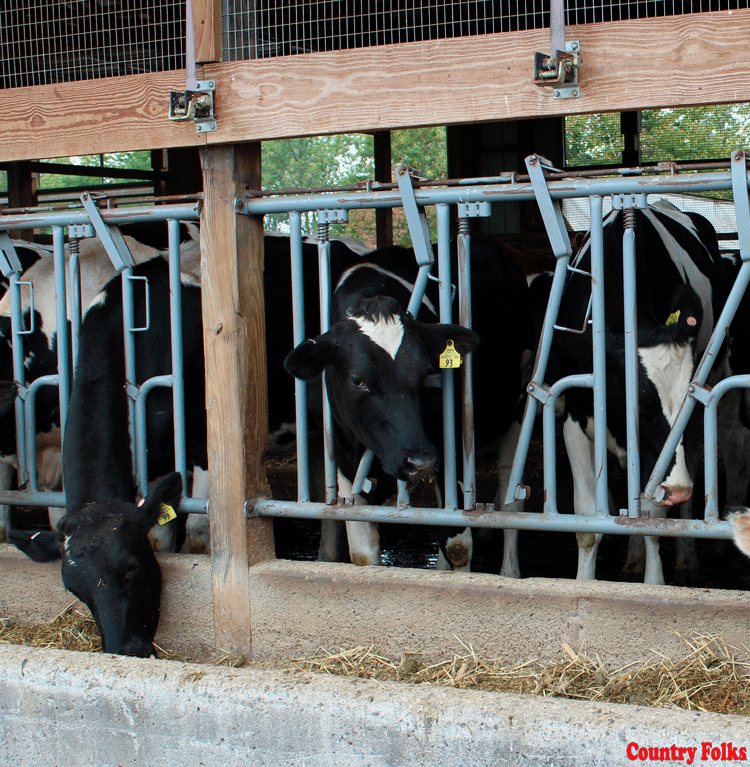
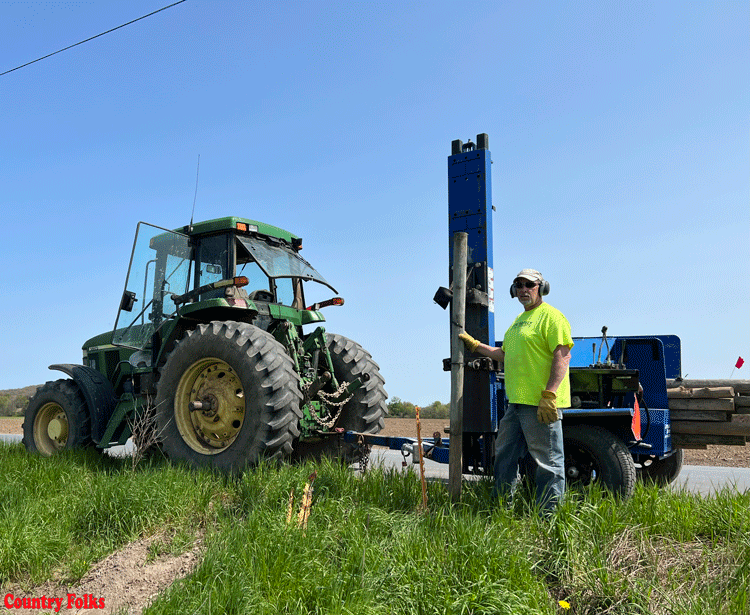

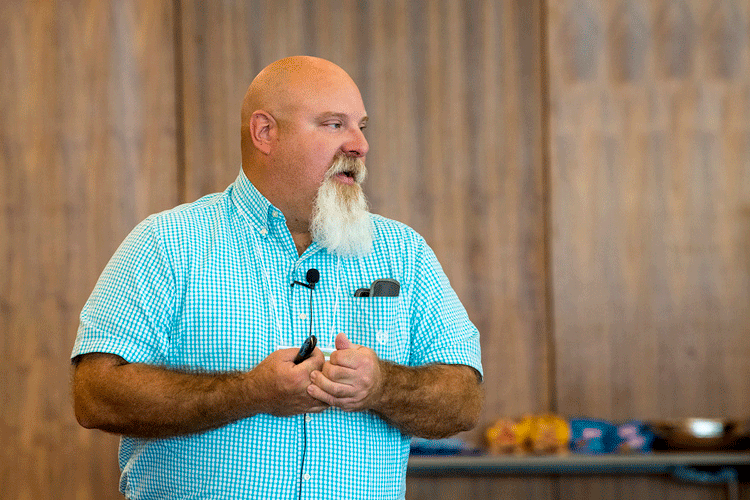
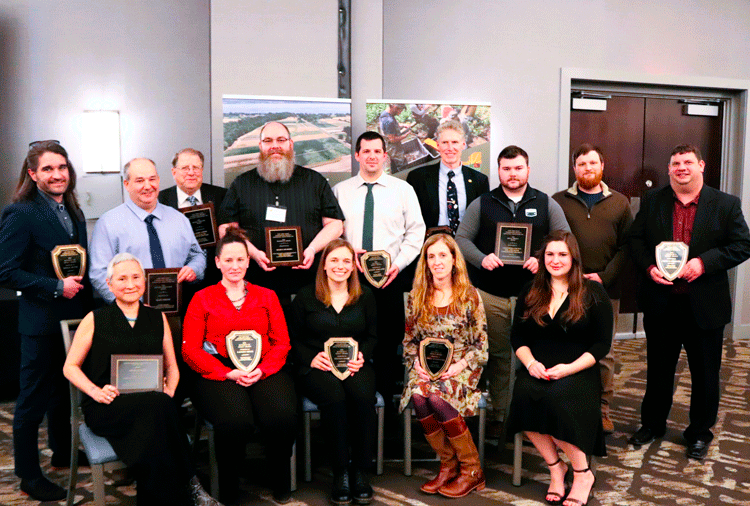

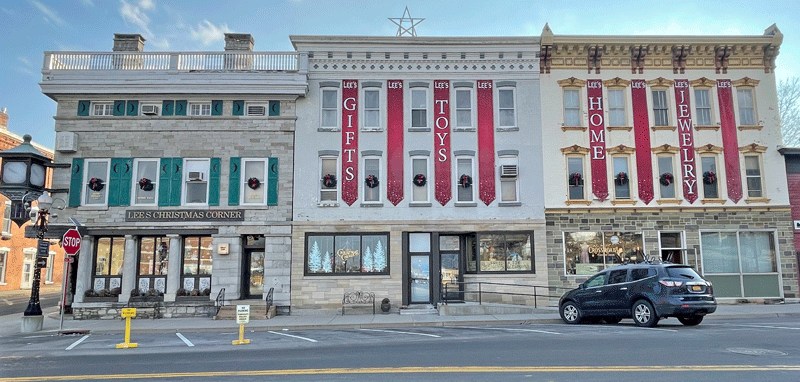

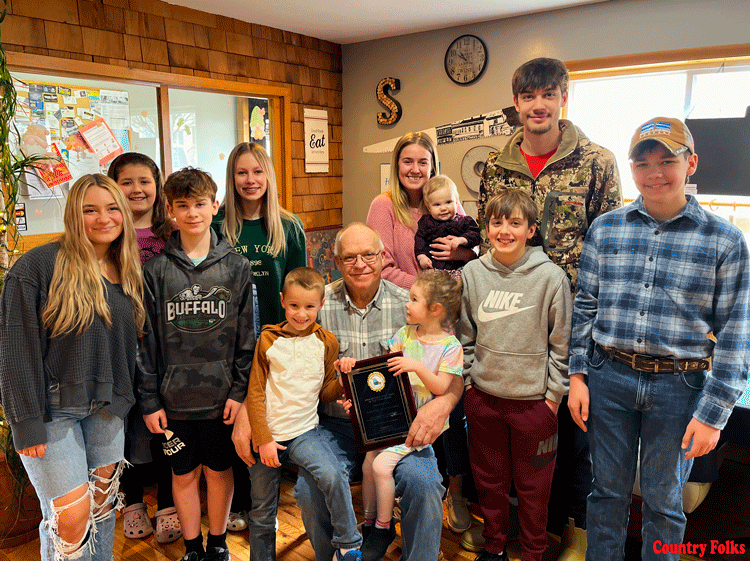


Leave A Comment